Art in the pre-Hispanic necropolis of Tierradentro
DOI:
https://doi.org/10.22380/2539472X.1004Keywords:
Tierradentro, pre-Hispanic art, necropolis, anthropology of art, archaeology, world heritage, aesthetic experienceAbstract
Abrief description is made of the architectural, sculptural and pictorial work found in the tombs of the National Park of Tierradentro, Colombia, in order to discuss what “necropolis”, “art” and “pre-Hispanic” mean. The study takes into account recent literature on anthropology of art and pre-Hispanic art, a following an emerging tendency that departs from the exclusive Euro and Anglo centered categories, concepts and terms. The idea is to mind the “stone thread” and the “abstract stoniness” that characterize the pre-Hispanic Andean art found in the necropolis in order to understand its reduplicative symbolic functionality. This is an elaboration within the general symbolic realm of human activity stemming from the emphasis on the special ability for signification that some human made things for the producers-receivers. We deal with what archaeology allows saying, without mythical-poetic speculations, on the pre-Hispanic populations who created and used the necropolis; and, on the aesthetic experience that the necropolis, as it is today, can generate in the visitors that move within the realm of “art and culture”.
Downloads
References
Becker, H. S. (1982). Art Worlds. Berkeley: University of California Press.
Binford, L. R. (1962). “Archaeology as Anthropology”. American Antiquity 28(2): 217-225.
Boas, F. (1928). Primitive Art. Cambridge, Massachussetts: Harvard University Press.
Bourdieu, P. (1984). Mais qui a créé les ‘createurs’? En P. Bourdieu. Questions de sociologie (pp. 207-221). París: Les Éditions du Seuil.
__________. (1992). Les règles de l’art: genèse et structure du champ littéraire. París: Éditions du Seuil.
Cassagne, A. y Oster, D. (1997). La théorie de l’art pour l’art: en France chez les derniers romantiques et les premiers réalistes. París: Editions Champ Vallon.
Coleridge, S. T. (1951). Selected Poetry and Prose. Princeton: Princeton University Press.
Corporacion Regional del Cauca, CRC. (2002). Esquema de ordenamiento territorial Municipio de Inzá, Cauca. Disponible en: http://www.crc.gov.co/files/ConocimientoAmbiental/POT/inza/01-Introduccion.pdf. Consultado en septiembre 7 de 2009.
Chaves, A. y Puerta, M. (1980). Entierros primarios de Tierradentro. Bogotá: Fundación de Investigaciones Arqueológicas Nacionales, Banco de la República.
___________(1986). Monumentos arqueológicos de Tierradentro. Bogotá: Biblioteca Banco Popular.
___________ (1988). Vivienda precolombina e indígena actual en Tierradentro. Bogotá: Fundación de Investigaciones Arqueológicas Nacionales, FIAN, Banco de la República.
Danto, A. (1994). After the End of Art. En A. Danto. Embodied Meanings: Critical Essays and Aesthetic Meditations (pp. 321-333). Nueva York: The Noonday Press-Farrar, Strauss and Giroux.
Deleuze, G. (1981). Spinoza: Philosophie pratique. París: Les Éditions de Minuit.
Domanska, E. (2005). Toward the archaeontology of the dead body. Rethinking History, 9 (4): 389-413.
Drennan, R. D. (2008). Chiefdoms of Southwestern Colombia. En H. Silverman y W. H. Isbell (Eds.) Handbook of South American Archaeology (pp. 381-403). Nueva York: Springer.
____________ (2000). Las sociedades prehispánicas del Alto Magdalena. Bogotá: Instituto Colombiano de Antropología e Historia, ICANH.
Engel, F. (1976). An ancient world preserved: relics and records of prehistory in the Andes. Nueva York: Crown.
Fowler, W. R., Beeckman, C. S. y Pickering, R. B. (2006). Special Section: Mortuary Practices and Shaft Tombs in Western Mexico. An homenaje to Phil Weigand. Ancient Mesoamerica, 17, 31-233.
Gell, A. (1992). The Technology of Enchantment and the Enchantment of Technology. En J. Coote y A. Shelton (Eds.) Anthhropology, Art and Aesthetics (pp. 40-63). Londres: Oxford University Press.
______. (2006). Vogel’s Net: Traps as Artwork and Artworks as Traps. En H. Morphy y M. Perkins (eds.) The Anthropology of Art: A Reader (pp. 219-235). Malden: Blackwell Publishing.
Grieder, T., Farmer J. T., A. Carrillo y Jones, B. M. (2002). Art and Prestige Among Noble Houses of Equatorial Andes. En H. Silvervan y W. Isbell (Eds.) Andean Archaeology II: Art, Landscape and Society (pp. 157-177). Nueva York: Kluber Academic, Plenum Publishers. Gutiérrez, S. de y L. de García. (s.f.). Trabajo sobre tumbas en Colombia: culturas subandinas. Bogotá. Documento inédito.
Ford, J. A. (1944). Excavations in the vicinity of Cali, Colombia. New Haven: Yale University Press.
International Council of Monuments and Sites, ICOMOS. (2008). What is OUV? Defining the Tutstanding Universal Value of Cultural World Heritage Properties. París: UNESCO, ICOMOS.
Langebaek, C. H. (2003). The Political Economy of Pre-Columbian Gold Work: Four Examples from Northern South America. En J. Quitter y J. W. Hoppes (Eds.) Gold and Power in Ancient Costa Rica, Panama and Colombia (pp. 245-278). Washington: Dumbarton Oaks Research Library and Collection.
Langebaek, C. H. (Ed). (1998). Arqueología de Tierradentro: Procesos de cambio social del 1.000 a. C. al presente en una región de Colombia. Informe de investigación. Bogotá: Instituto Colombiano de Antropología e Historia, ICANH.
Langebaek, C. H. y Dever, A. (2009). Arqueología regional en Tierradentro, Cauca, Colombia. Revista Colombiana de Antropología, 45 (2).
Langebaek, C. H., Dever, A. y Blick, J. (2001). Arqueología en Tierradentro: cambios sociales y ocupación del espacio. En G. Barona y C. Gnecco (Eds.) Historia, geografía y cultura en Cauca: Territorios posibles. Tomo II (pp. 325-338). Popayán: Universidad del Cauca, Corporación Autónoma Regional del Cauca, Lotería del Cauca.
Long, S. (1967). Formas y distribución de las tumbas de pozo con cámara lateral. Separata de la Revista Razón y Fábula, 1: 1-12.
Mauss, M. (1950). Esquisse d’une théorie générale de la magie. En Sociologie et anthropologie (pp. 1-141). París: Quadrige, Presses Universitaires de France.
Myers, F. (2006). “Primitivism”, Anthropology and the Category of “Primitive Art”. En Christopher Y. Tilley, Keane Webb y P. Spyer (Eds.) Handbook of Material Culture (pp. 1-51). Sage. Thousand Oaks, California.
Nehamas, A. (1985). Nietszche: Life as Literature. Cambridge: Harvard University Press.
Munn, N. (1973). Walbiri Iconography. Ithaca: Cornell University Press.
__________(2006). Visual Categories: An Approach to the Study of Representational Systems. En H. Morphy y M. (Eds.) The Anthropology of Art: A Reader (pp. 326-338). Malden: Blackwell Publishing.
Paternosto, C. (1986). The Stone and Thread: Andean Roots of Abstract Art. Austin: The University of Texas Press.
Pasztory, E. (1997). Andean Aesthetics. En K. Berrin (Ed.) The Spirit of Ancient Peru: Treasures from the Museo Arqueológico Rafael Larco Herrera (pp. 41-59). Nueva York: Thames and Hudson. Reproducido en E. Pasztory (2005).
_________ (2005). Thinking with Things: Toward a New Visión of Art. Austin: University of Texas Press.
Preciado, G. (1996). Restauración arquitectónica para los hipogeos de Tierradentro. Tesis de Maestría, Universidad Autónoma de México.
Quattrin, D. W. (2001). Prehispanic Chiefdoms in the Valle de La Plata. (Vol. 4). Vertical Economy, Interchange, and Social Change during the Formative Period. Pittsburgh-Bogotá: University of Pittsburgh Memoirs in Latin American Archaeology 11.
Renfrew, C. y Bahn, P. G. (2005). Archaeology: the Key Concepts. Londres: Routledge.
Richards, G. y Wilson, J. (2006). Developing Creativity in Tourist Experiences: A Solution to Serial Reproduction of Culture? Tourist Management, 27: 1209-1223.
Robb, J. E. (1998). The Archaeology of Symbols. Annual Review of Anthropology, 27: 229-246.
Sevilla, E. (2007a). Los animales mágicos de Tierradentro ¿magia de quién? International Journal of South American Archaeology, 1: 67-79. También disponible en: www.tierradentro.info.
________ (2007b). Verdades y redescripciones etnográficas. Antípoda 5: 241-274.
________ (2008a). Gestores culturales para el Valle del Cauca. Documento Maestro para un Programa de Profesionalización de Gestores Culturales en la Universidad del Valle. Cali: Facultad de Artes Integradas, Universidad del Valle. También disponible en: www.tierradentro.info.
__________ (2008b). “Tierradentro: les arts premiers y la jigra de la vida”. En Universidad de los Andes y Ministerio de Cultura (Eds.) Ensayos sobre arte contemporáneo en Colombia 2007-2008. Bogotá: Universidad de los Andes (Ensayo ganador, Premio Nacional de Crítica Ministerio de Cultura y Universidad de los Andes).
_________ (2009). Informe final del Proyecto Tierradentro, No. 398. Bogotá: Banco de la República, Fundación de Investigaciones Arqueológicas Nacionales, FIAN. También disponible en: www. tierradentro.info.
Sevilla, E. y Piñacue, J. C. (2008). Los nasa y las huellas arqueológicas, primera aproximación. En H. Henderson (Ed.) Navegando el cambio: Estudios recientes en práctica y agencia. Bogotá: Universidad Nacional. En prensa.
Silliman, S. W. y Hall, M. (2006). Historical Archaeology. Londres: Blackwell.
Silverman, H. e Isbell, W. (2002). From Art to Material Culture. En H. Silvervan y W. Isbell (Eds.) Andean Archaeology II: Art, Landscape and Society (pp. 3-20). Nueva York: Kluber Academic, Plenum Publishers.
Stalpaert, C. (2002). Donnez-moi donc un corps”: Gilles Deleuze’s aesthetics of Intensities and the Possibilities of Queer Postrepresentations. Disponible en: http://en.scientificcommons.org/41311948.
Taylor, R. E. (1970). The Shaft Tombs of Western Mexico: Problems in the Interpretation of Religious Function in Nonhistoric Archaeological Contexts. American Antiquity, 35 (2): 160-169.
Tylley, C. Y. (2006). Objectification. En C. Y. Tilley, K. Webb y P. Spyer (Eds.) Handbook of Material Culture (pp. 60-73). Thousand Oaks: Sage.
UNESCO, World Heritage. (1995). Site Tierradentro, No. 743 “Advisory Body Evaluation”. http://whc.unesco.org/en/list/743/documents/Consultado en septiembre 7, 2009.
Uriely, N. (2005). The Tourist Experience: Conceptual Developments. Annals of Tourism Research, 32: 199-216.
Uriely, N., Yonay, Y. y Simchai, Y D. (2002). Backpacking Experiences: A Type and Form Analysis. Annals of Tourism Research, 29: 519-537.
Vogel, S. (2006). Introduction to Art/Artifact: African Art in Anthropology Collection. En H. Morphy y M. Perkins (Eds.) The Anthropology of Art: A Reader (pp. 209-218). Malden: Blackwell Publishing.
Williams, R. (1976). Keywords. Glasgow: Fontana Press.




















